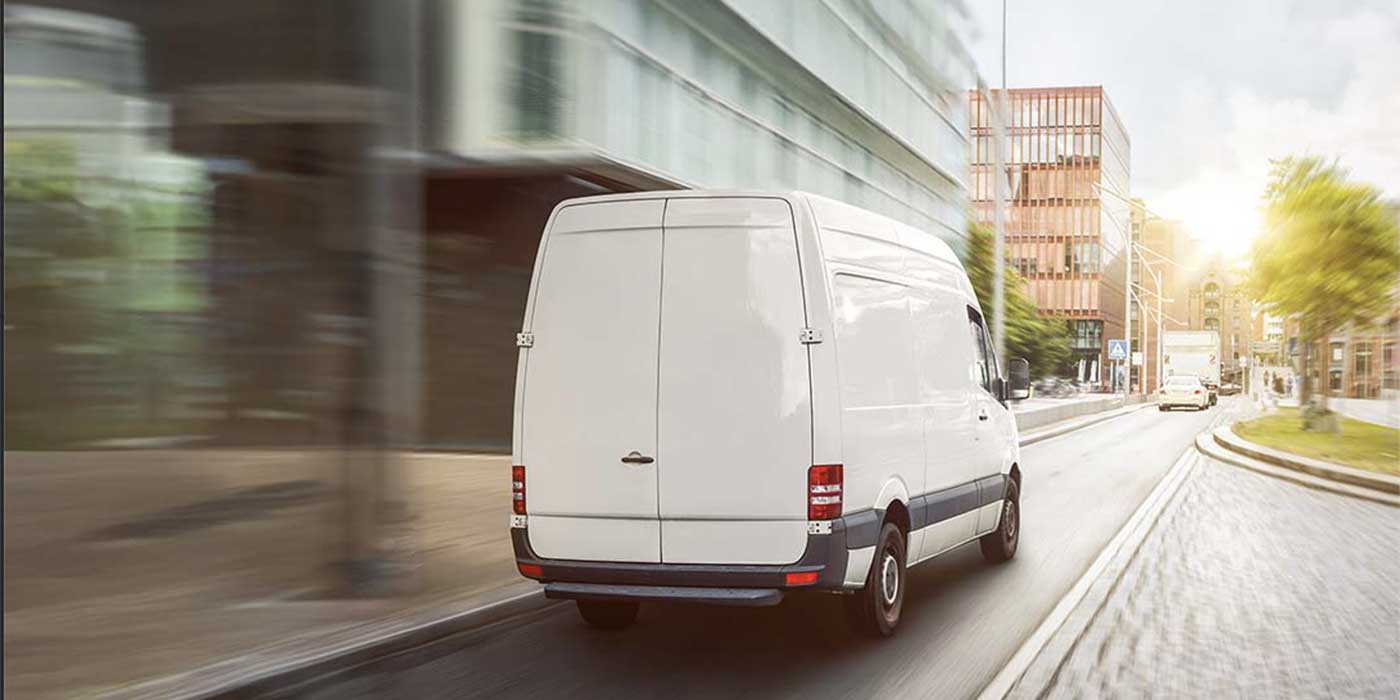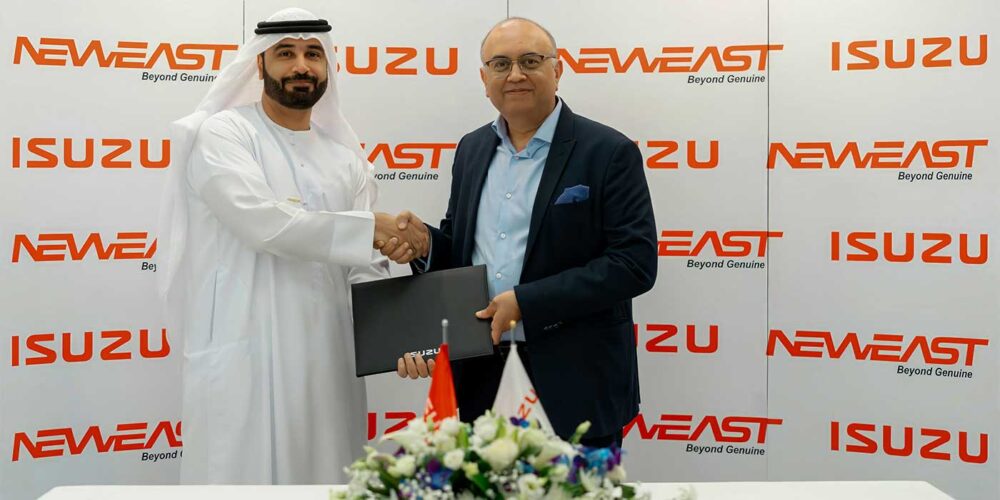Consider the July magazine Fleet Equipment‘s unofficial electrification issue. Four out of six editors agree—there’s something electric crackling in the air. Alex Crissey reviews electrification in refuse applications; Seth Skydel hooks you up with electric power takeoff technology; John Martin name-drops UPS experimenting with fuel cell technology; and for my part, I caught up with Julie Furber, Cummins’ electrification business development executive director, who made no bones about Cummins’ expanding power strategies.
“Cummins will be the leading provider of electrified powertrains in the commercial and industrial markets,” Furber said during a June 14 press conference call announcing that Cummins will begin electrified powertrain delivery in 2019, including battery electric and plug-in hybrids. It was certainly a bold position for the diesel power pioneer, but Furber backed it with an equally bold vision that she shared with me in a follow-up interview.
“A number of things are coming together to mean that the time for electrification is more pertinent now,” she said. “Part of it is regulation and pressure around air quality that are driving the use of alternative fuels, and another part is that the technology has come into its own in terms of cost and readiness of performance. It’s a viable solution now.”
Currently, Cummins is focused on two electrification technologies—fully electric powertrains and a range-extended powertrain, which would also employ a small engine—be it diesel, gas or natural gas—along side its electrified offering.
Before diving into the details, the most important takeaway of electrification is that Cummins is developing this technology because the company sees cost of ownership benefits and a real-life ROI. This isn’t technology for technology’s sake. When Furber looks at the transportation landscape, she sees electrification as a solution for many applications.
Getting down to application brass tacks, Furber pointed to fully electric, urban bus applications where the routes are fixed and the vehicles return home every night, which would also extend to a local P&D truck fleet. An electrified range-extended powertrain would be aimed at regional route applications in which the electric powertrain would be used for urban environments and the engine would be used outside city limits as routes stretch out.
“Our plans, today, project that those two will launch about three to four months apart. The fully electric will launch at the end of 2019 and the range extended would launch in 2020,” she reported. “We’re working on those two systems in parallel. We see truck fleets having a need for both solutions, along with other power solutions.”
So where does that leave Class 8 over-the-road applications? The electrified elephant in the room is last year’s announcement from Elon Musk, co-founder and chief executive officer of Tesla, who teased a fully electric, heavy-duty truck set to unveil later this year. Never say never, but Furber sees a long road ahead of electricity powered line haul applications.
“A linehaul application with a pure electric vehicle is a ways off. The technology capabilities in terms of the range, size of the battery you need and charging capabilities are a way off from being acceptable in that application,” Furber said. “Now, there are Class 8 applications where electrification would move much more quickly—port applications, for example. It’s a Class 8 truck that doesn’t travel 600 miles today. It travels 150 miles a day. Electrification would apply to that much sooner.”














